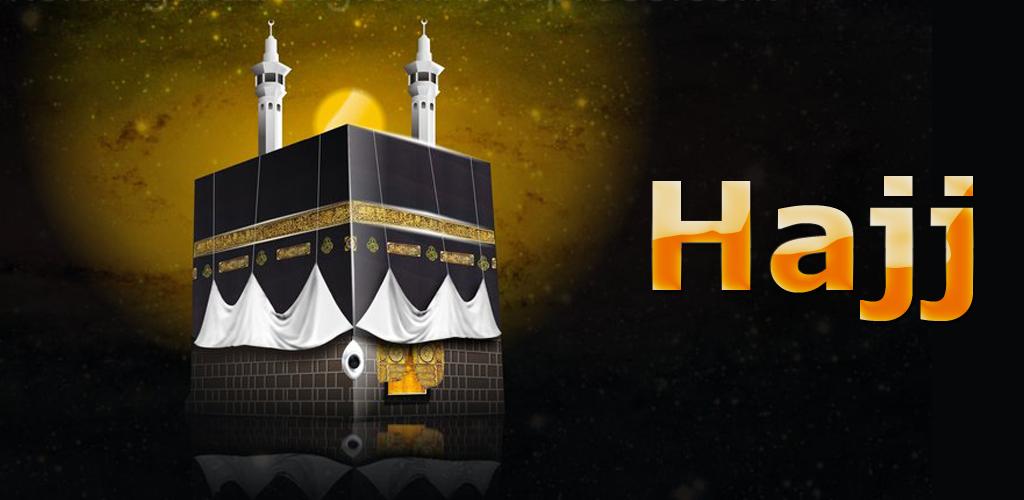Introduction to Hajj
Hajj is an annual Islamic pilgrimage to Mecca, the holiest city for Muslims, located in Saudi Arabia. It is a mandatory religious duty for Muslims that must be carried out at least once in their lifetime by all adult Muslims who are physically and financially capable of undertaking the journey. Hajj Guide is one of the Five Pillars of Islam and holds immense significance in the Islamic faith.
Historical Significance of Hajj
The roots of Hajj can be traced back to the Prophet Abraham (Ibrahim), who is considered a significant figure in Islam. According to Islamic tradition, Abraham, along with his son Ishmael, constructed the Kaaba, the sacred cuboid structure located at the center of the Grand Mosque in Mecca. The rites of Hajj are believed to commemorate the trials and triumphs of Abraham, Hagar, and Ishmael.
Preparation for Hajj
Spiritual Preparation
Undertaking Hajj requires profound spiritual readiness. Pilgrims should engage in prayer, repentance, and seeking forgiveness from those they have wronged. It is also essential to study the rituals and significance of Hajj to perform them correctly and meaningfully.
Physical Preparation
Hajj involves significant physical exertion, including long walks and standing for extended periods. Pilgrims are advised to engage in regular exercise to build stamina. Ensuring vaccinations and carrying necessary medications is also crucial.
Financial Preparation
Pilgrims must ensure they have sufficient funds to cover their travel, accommodation, and other expenses. It is also essential to settle any debts and ensure that their families are financially secure during their absence.
Essential Rituals of Hajj
Ihram
Ihram is the sacred state a pilgrim must enter before performing Hajj Training. It involves wearing specific garments—two white seamless cloths for men and simple, modest clothing for women. Pilgrims must also refrain from certain activities, such as cutting hair, wearing perfume, and engaging in marital relations.
Tawaf
Tawaf involves circling the Kaaba seven times in a counter-clockwise direction. This ritual signifies the unity of believers in the worship of the One God. Pilgrims recite prayers and supplications while performing Tawaf.
Sa’i
Sa’i commemorates Hagar’s desperate search for water for her son Ishmael. Pilgrims walk seven times between the hills of Safa and Marwah, located near the Kaaba. This ritual symbolizes endurance and faith in God.
Standing at Arafat (Wuquf)
The most critical part of Hajj is standing at Arafat. Pilgrims gather at the plain of Arafat and engage in prayers and supplications. This ritual is believed to be a day of forgiveness and mercy from God.
Muzdalifah
After Arafat, pilgrims travel to Muzdalifah to collect pebbles for the ritual of Ramy al-Jamarat. They spend the night under the open sky, combining the Maghrib and Isha prayers.
Ramy al-Jamarat
Ramy al-Jamarat involves throwing pebbles at three pillars, symbolizing the rejection of evil. This ritual reenacts Abraham’s defiance of Satan’s temptation.
Eid al-Adha and Animal Sacrifice
Pilgrims perform the animal sacrifice to commemorate Abraham’s willingness to sacrifice his son Ishmael. The meat from the sacrifice is distributed to the poor. This act is followed by shaving or cutting the hair, signifying purification and renewal.
Tawaf al-Ifadah
Tawaf al-Ifadah is another circling of the Kaaba, performed after the sacrifice. It signifies the near completion of the pilgrimage and a deeper connection to the faith.
Tawaf al-Wada’
The final ritual is Tawaf al-Wada’ or the farewell Tawaf. Pilgrims perform this before leaving Mecca, symbolizing their farewell to the sacred city and the Kaaba.
Practical Tips for Hajj
Health and Safety
- Hydration: Drink plenty of water to stay hydrated in the hot climate.
- Rest: Ensure adequate rest to avoid exhaustion.
- First Aid Kit: Carry a basic first aid kit with essential medications.
Travel and Accommodation
- Plan Ahead: Book flights and accommodation well in advance.
- Local Transport: Use official transport services to navigate between holy sites.
- Group Travel: Consider traveling in groups for better organization and support.
Communication
- Stay Connected: Keep in touch with family and group members through mobile phones.
- Emergency Contacts: Have a list of emergency contacts readily available.
Cultural Sensitivity
- Respect Traditions: Follow local customs and respect cultural practices.
- Language: Learning basic Arabic phrases can be helpful.
FAQs
1. What is the significance of Hajj in Islam?
Hajj is a fundamental pillar of Islam, representing the unity of the Muslim Ummah and their submission to Allah. It commemorates the trials of Prophet Abraham and his family.
2. Who is required to perform Hajj?
Hajj is mandatory for all adult Muslims who are physically and financially capable of undertaking the journey.
3. What should I pack for Hajj?
Essential items include Ihram clothing, comfortable walking shoes, personal hygiene products, a first aid kit, and a copy of the Quran.
4. How can I prepare physically for Hajj?
Engage in regular physical exercise, such as walking or jogging, to build stamina. Ensure you are up-to-date with vaccinations and carry necessary medications.
5. What is the best time to perform Hajj?
Hajj takes place annually from the 8th to the 12th of Dhu al-Hijjah, the last month of the Islamic calendar. Plan your travel according to these dates.





